Space Verdict
A very professional piece of kit with a price tag to match. A workhorse lens that can handle basically anything you throw at it, built for crop-sensor APS-C Sony mirrorless cameras.
Pros
- +
+ Good build quality
- +
+ Excellent image quality
- +
+ Lightweight and travel-friendly
Cons
- -
Expensive
- -
No OSS
- -
Fair amount of distortion without corrections
Why you can trust Space.com
In January 2021 Sony released the Sony E 16-55mm f/2.8 G lens, a wide-angle zoom lens that many APS-C shooters had been waiting for (24-82.5mm full frame equivalent). This is a lens that will suit almost any type of photography and, despite not being a superzoom lens, will cover most of the everyday focal length you’d use, especially at a constant f/2.8 aperture. The versatility of this lens makes it a great lens to take when traveling. Many users have called it one of the best lenses you can put on an APS-C Sony. However, there isn’t much competition out there for APS-C Sony lenses of this caliber even among the Best mirrorless cameras.
Though it’s worth acknowledging that this lens is astronomically expensive for what it is. It’s currently priced at $1400 / £1000 even 2 years after its release. So does the performance of this lens live up to the huge price tag? We put it to the test to find out. But we also have full guides on the Best lenses for astrophotography, Best zoom lenses and accompanying camera bodies such as the Best cameras for photos and videos and Best cameras for astrophotography.
Sony E 16-55mm f/2.8 G lens review
Sony E 16-55mm f/2.8 G lens: Design
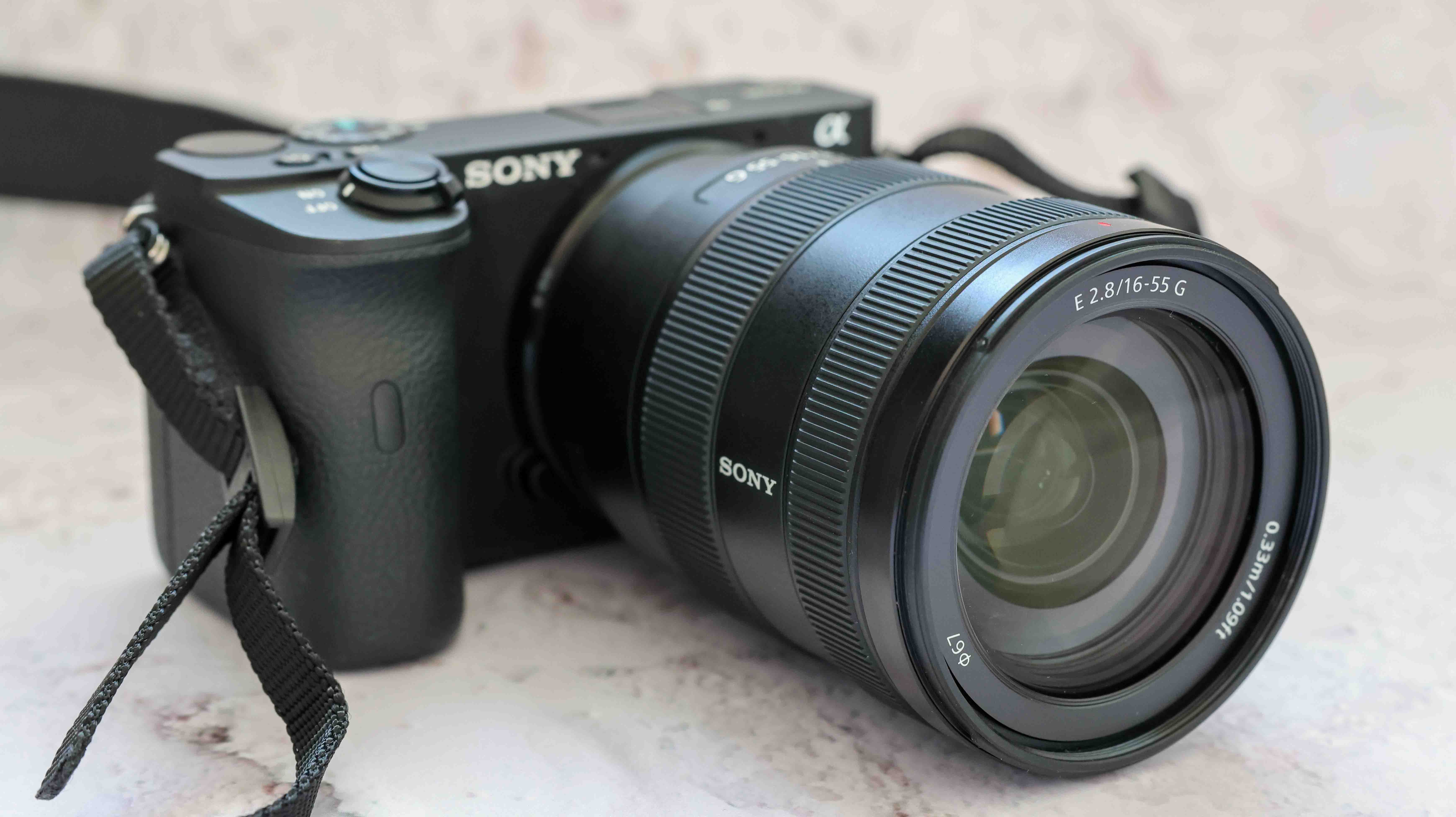
- Not too heavy
- Great build quality
- Weather resistant
As we’ve come to expect from a Sony G lens, the 16-55mm build quality is excellent and feels solid and sturdy in the hand. It weighs under 500g which we think strikes the perfect balance between light and portable enough to travel with and big enough to look and feel like a premium lens that looks great on an APS-C camera. This lens is definitely one of the better-made APS-C lenses, and it looks a lot more high-end than a lot of other lenses from Sony.
It’s made mostly from plastic but it feels solid and well-assembled and it fits in the hand very well. It’s considerably smaller than a normal lens of this type which for many shooters is a huge advantage, particularly if you’re going to be traveling with this lens. We think the size and weight of this lens are just right.
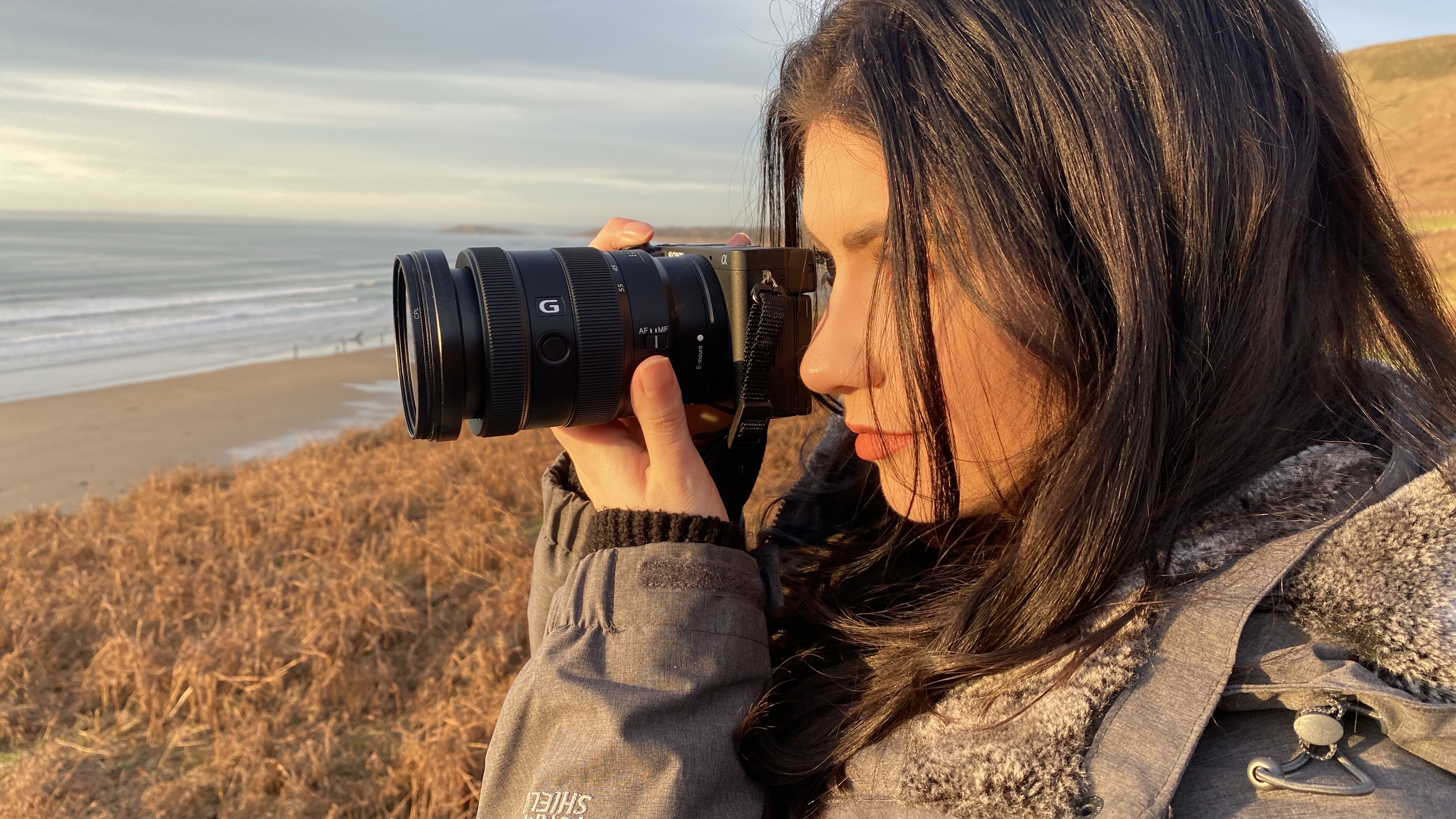
Aperture: constant f/2.8
Weight: 494g
Filter thread: 67mm
Minimum focus distance: 0.33 m
Dimensions: 100mm x 73mm
Focal length: 16 – 55mm
Release date: January 2021
The lens comes in its own protective leather pouch, which is a nice touch and would be very much welcomed with all of Sony’s lenses. It has a 67mm filter thread and features the standard AF/MF switch on the side of the lens as well as a programmable button.
The front element is fluorine coated to be water and dirt-repellent and there is nano AR coating that helps with flare and ghosting. This lens is very well weather sealed, although it's still only listed as 'dust and moisture resistant' so those who require a waterproof lens may need to look elsewhere. The zoom ring and focus ring are both very smooth with no stickiness which makes it ideal for video makers, plus it has a silent autofocus motor.
Sony E 16-55mm f/2.8 G lens: Performance
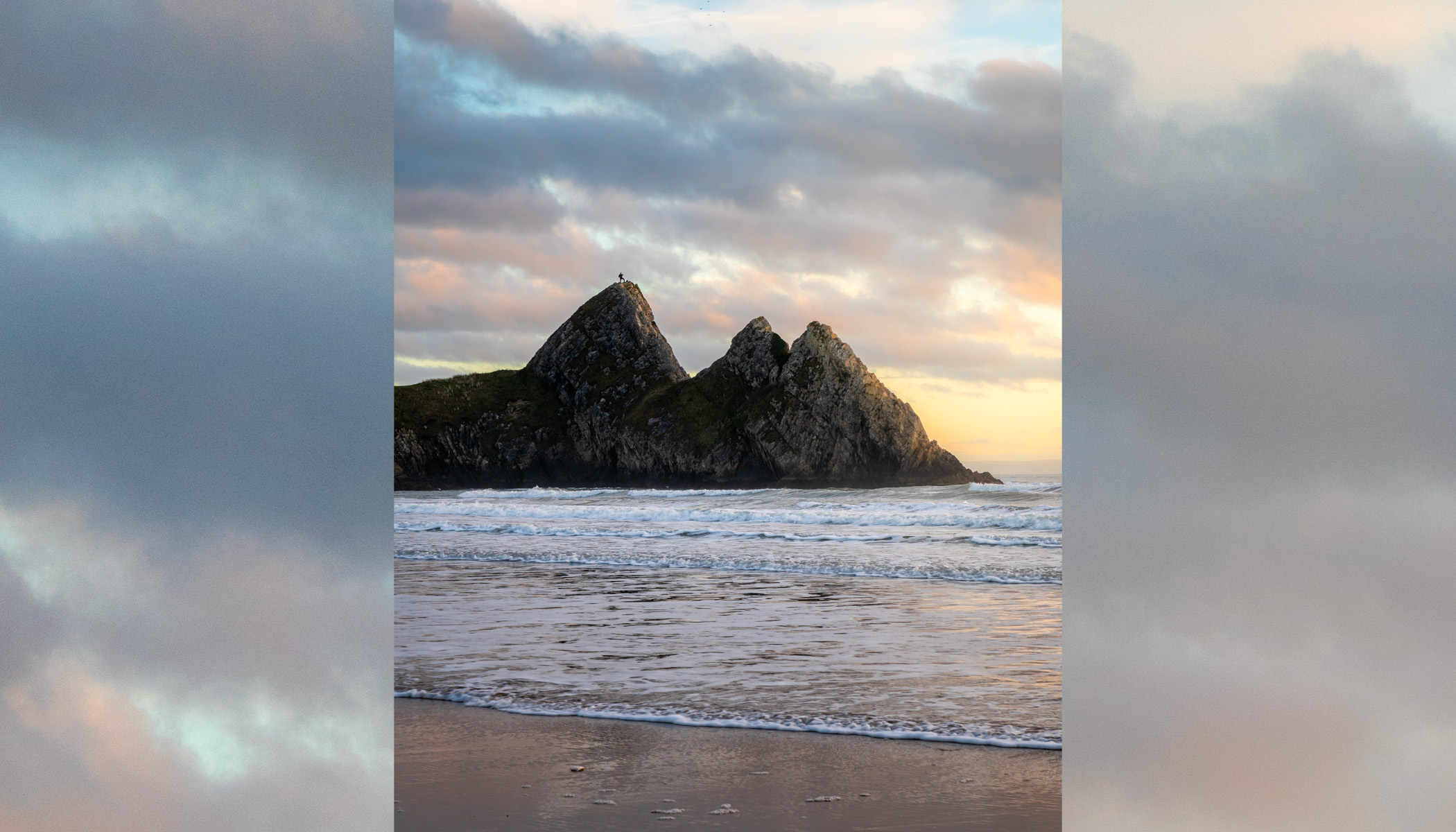
- Very sharp optical performance
- Accurate tracking for focus
- Excellent image quality
The performance of this lens is very impressive. It’s incredibly sharp at every focal length in its zoom range and it gives great contrast even in the corners, which is a significant improvement over the kit lens. After f/11 you’ll find a bit of softness creeping into the corners but there aren’t many lenses that are tack sharp all throughout the frame at every single aperture due to the physical properties of diffraction.
Ghosting and chromatic aberration are virtually non-existent and the color reproduction is excellent. You do occasionally get a small bit of flare when shooting into the sun or bright light but it's nothing that can't be fixed in post-processing. There's also very little barrelling and the vignetting seems to be well-controlled. The lens gives beautiful bokeh at f/2.8 although obviously, this isn't as good as a prime lens in our opinion.
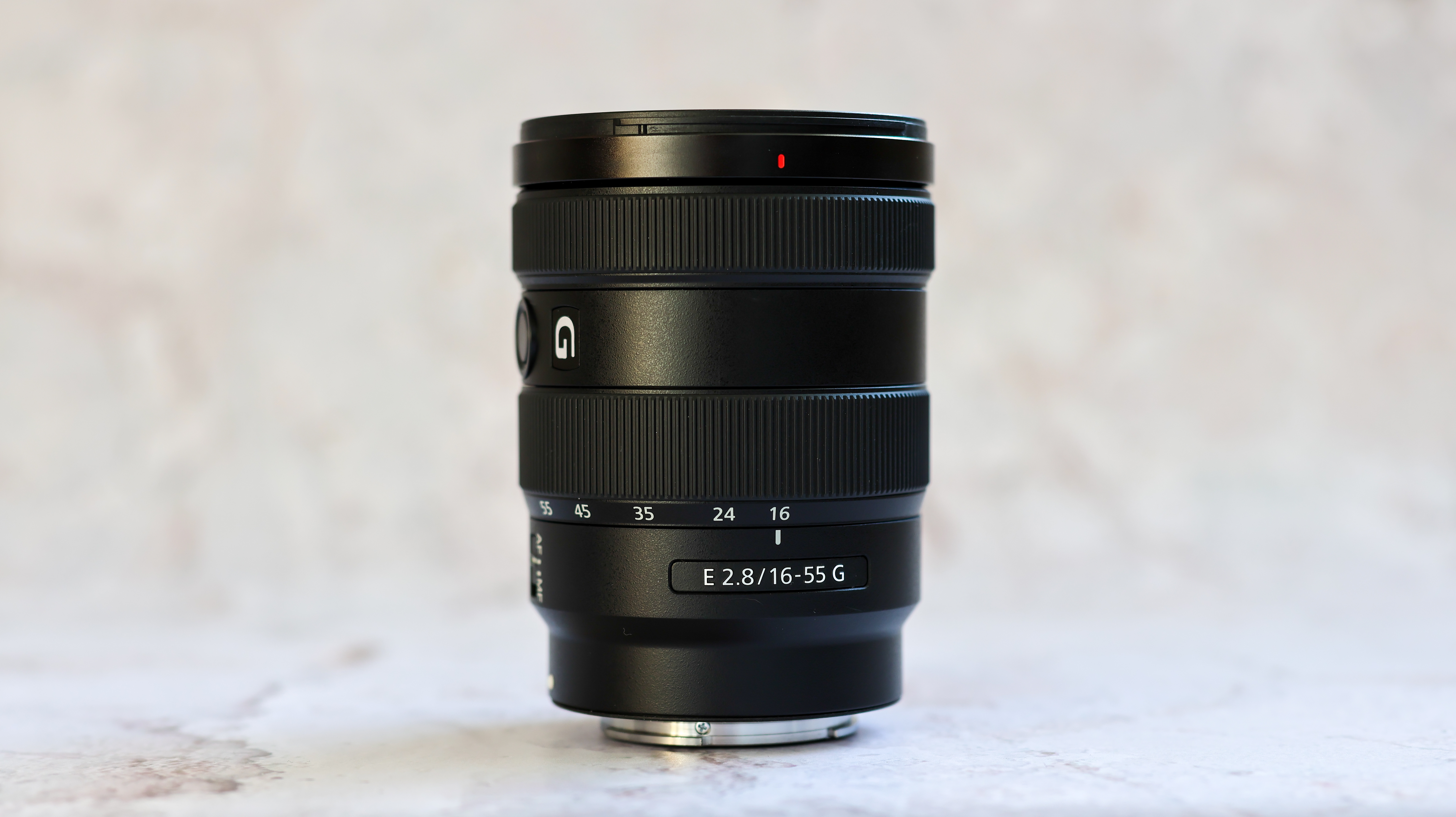
The autofocus capabilities of this lens are great — although its accuracy depends on which camera body you’re using with it, as well as the light conditions. In good light the autofocus and tracking are excellent. It performs averagely in average light, and in poor light, it struggles. We tested this lens with the Sony A6600 and it tracked the eyes of black cats very well, whereas many setups often don’t recognize that there’s even a face in the frame.
Sony E 16-55mm f/2.8 G lens: Functionality
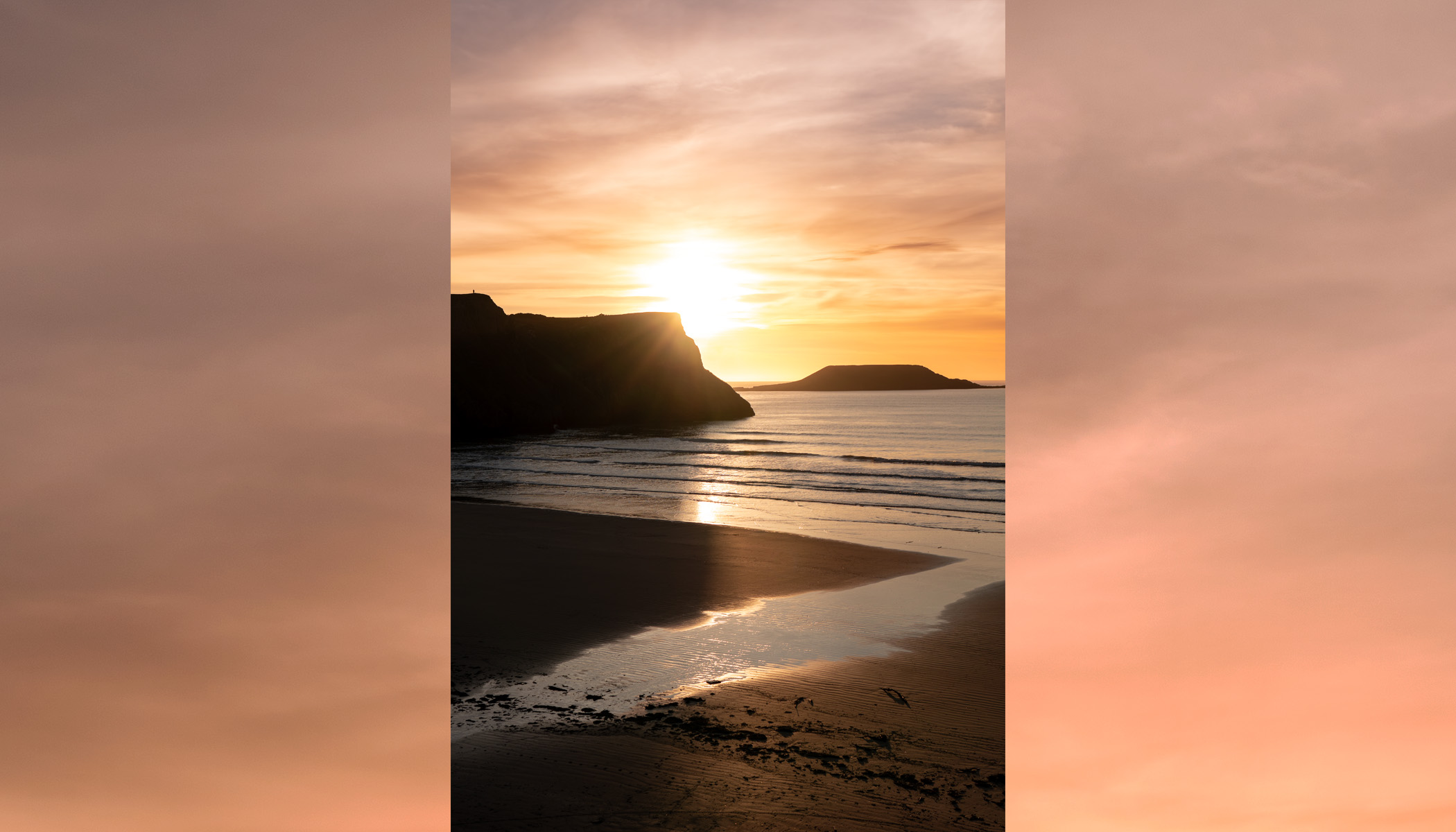
- Constant f/2.8 aperture throughout focal length range
- Incredibly versatile wide-angle zoom lens
- No OSS stabilization
The constant aperture of f/2.8 through the focal length range makes this lens incredibly versatile and it can handle almost anything you throw at it. It's a great lens for astrophotography at f/2.8 at 15mm and is equally useful for architecture, landscapes, seascapes and portrait photography (although, if you specialize in portraits then you'd likely prefer a wide-angle prime lens depending on your shooting style and location). It wouldn’t necessarily be a great option for wildlife or sport photography where you often need the longer focal lengths that come with a telephoto lens, but this lens is a great option to throw in your bag and carry with you on the go for those everyday shooting opportunities.
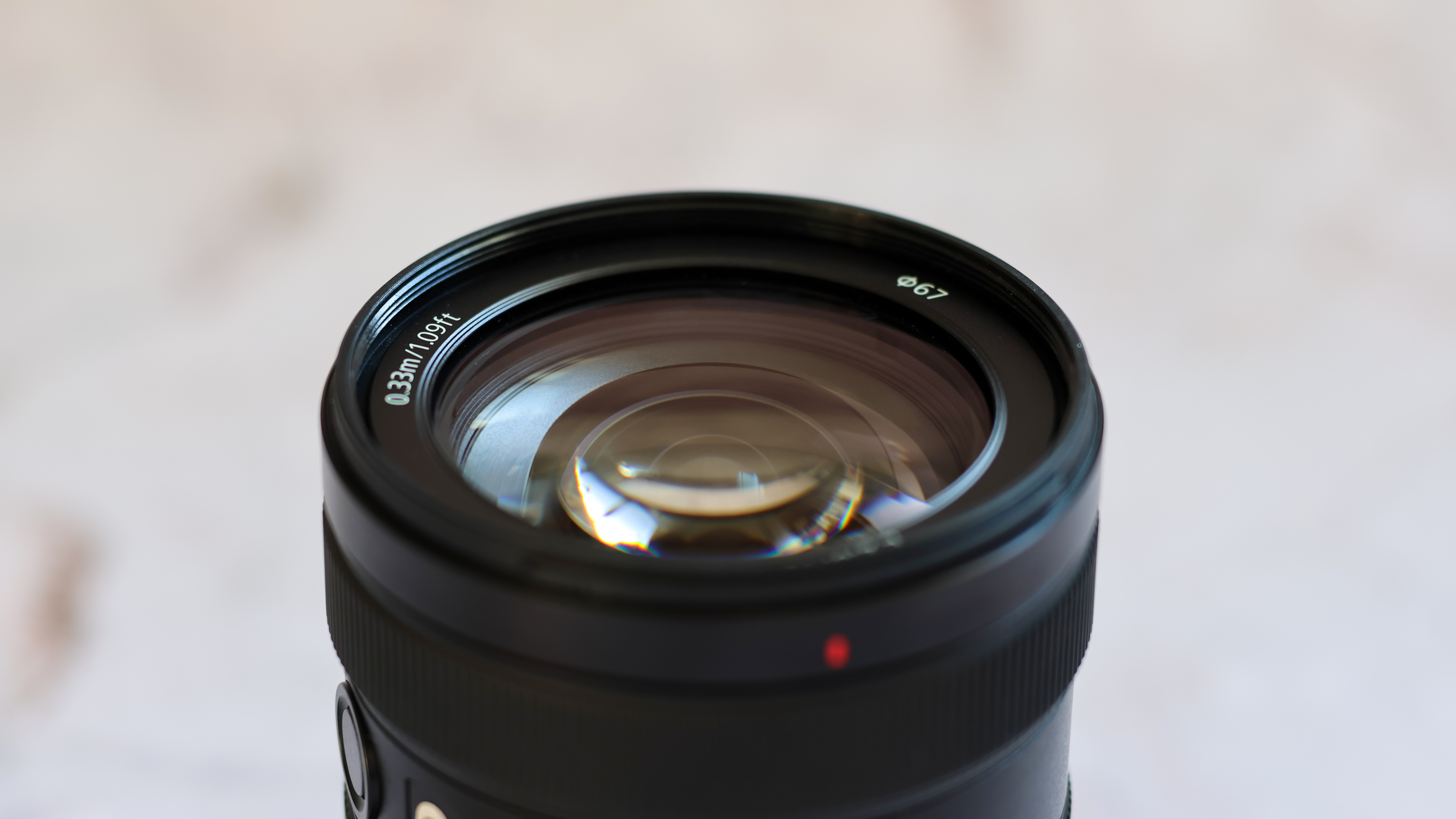
One of the drawbacks of this lens, particularly for the hefty price tag, is the lack of image stabilization. This won’t be much of an issue for anyone shooting on a Sony A6500 or A6600 as both of those models have in-body image stabilization but anyone using a Sony A6400 or earlier may struggle to keep things steady, particularly if you’re shooting video without the use of a gimbal. That said, for many types of photography you can absolutely make do with just using a tripod or ensuring that you're images are shot at a fast enough shutter speed. When it comes to astrophotography, the lack of image stabilization in this lens isn’t an issue at all.
Should you buy the Sony E 16-55mm f/2.8 G lens?
There’s no denying that, as much as this lens offers, it’s incredibly expensive. It does beg the question of whether it’s worth investing in this lens over a full-frame lens. If it were a few hundred dollars cheaper it would be a much easier recommendation, particularly as it doesn’t have image stabilization and there are currently only two Sony APS-C cameras that have in-body stabilization. That said, we think the performance of this lens does live up to the big price tag, and it’s a lens that could go anywhere and everywhere with you.
We wouldn’t necessarily call it a professional lens, as most professionals tend to use full-frame but it’s absolutely capable of providing professional results. This lens would most likely be used by passionate hobbyists with no intention of switching to full frame, or serious intermediate shooters who are making the jump into paid professional work and want a workhorse lens but aren't quite able to make the switch to full-frame just yet.
If the Sony E 16-55mm f/2.8 G lens isn't for you
If it’s the focal length range you’re after, this Sony 16-70mm f/4 Zeiss lens would be worth a look. It will give all the same focal lengths the 16-55mm can give and then some, although the trade-off is the narrower f/4 aperture. However, it is cheaper and lighter than the 16-55mm and it has image stabilization to account for this loss of light.
If you’re looking for a zoom lens with a constant f/2.8 aperture check out the Tamron 17-70mm f/2.8 lens. This lens has the same focal length (minus 1mm) as the Sony Zeiss lens but also features the constant f/2.8 aperture that the 16-55mm does. It's around half the price of the Sony 16-55mm and has incredible customer reviews on Amazon. This lens is heavier than the Sony though, so if that's not a dealbreaker then this could be a great alternative to the G lens we've reviewed here.
The most similar alternative to this lens would be the Sigma 18-50mm f/2.8 DC DN Contemporary lens, which also happens to be the cheapest lens in this list of alternatives. This lens from Sigma is just over one-third of the price of the Sony and is an extremely capable lens in a small compact package. If you aren’t bothered about having native lenses that have 'G' written on them we think this could be a fantastic budget-friendly option for Sony E-mount cameras.
Join our Space Forums to keep talking space on the latest missions, night sky and more! And if you have a news tip, correction or comment, let us know at: community@space.com.

Kimberley Lane is a landscape & seascape photographer living in South Wales. Originally using photography as a way to cope with health issues, she aims to portray a feeling of calm and peace through her images. Her work has been featured in a number of national photography magazines.











